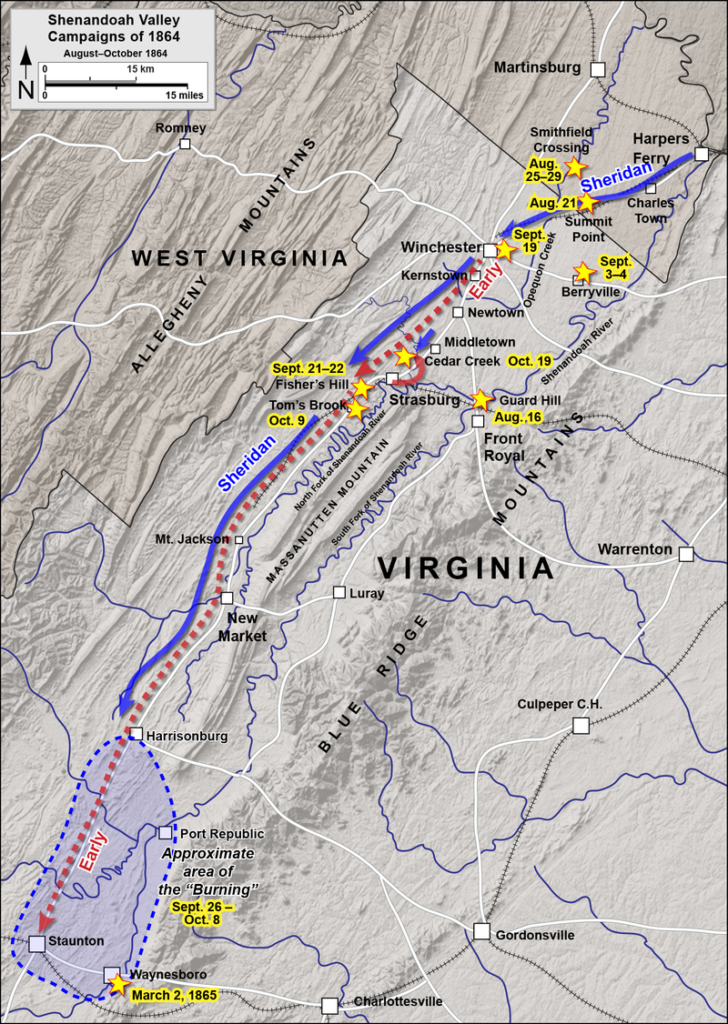
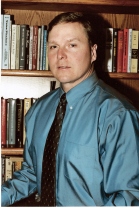
It’s not the size of the dog in the fight; it’s the size of the fight in the dog. Perhaps Ulysses S. Grant had this thought in mind in the summer of 1864. That’s when the Army’s Commanding General appointed the diminutive—and, as of yet, unproven—Philip Sheridan to lead the Union’s forces in the Shenandoah Valley. Though the Major General was short in stature, his combative, never-say-die attitude made him a larger-than-life figure and ultimately a prescient choice by Grant.
“Little Phil” also happens to be one of the many rich characters that Scott Patchan and Gary Ecelbarger will examine on their tour, “Sheridan Recovers the Valley, Fall 1864,” which is part of the BGES Civil War Field University Program (the tour has been rescheduled for 2021 due to the coronavirus; stay tuned!). “It’s really important we understand who Sheridan is,” says Patchan, one of the foremost authorities on this period of Civil War history. “He truly had to earn his stars on the battlefield.”
“I like Sheridan’s entry into this campaign as an untested entity,” adds Ecelbarger, who has written eight books on the Civil War, including Three Days in the Shenandoah: Stonewall Jackson at Front Royal and Winchester. “It’s fascinating to watch his comfort and confidence build between August and October.”
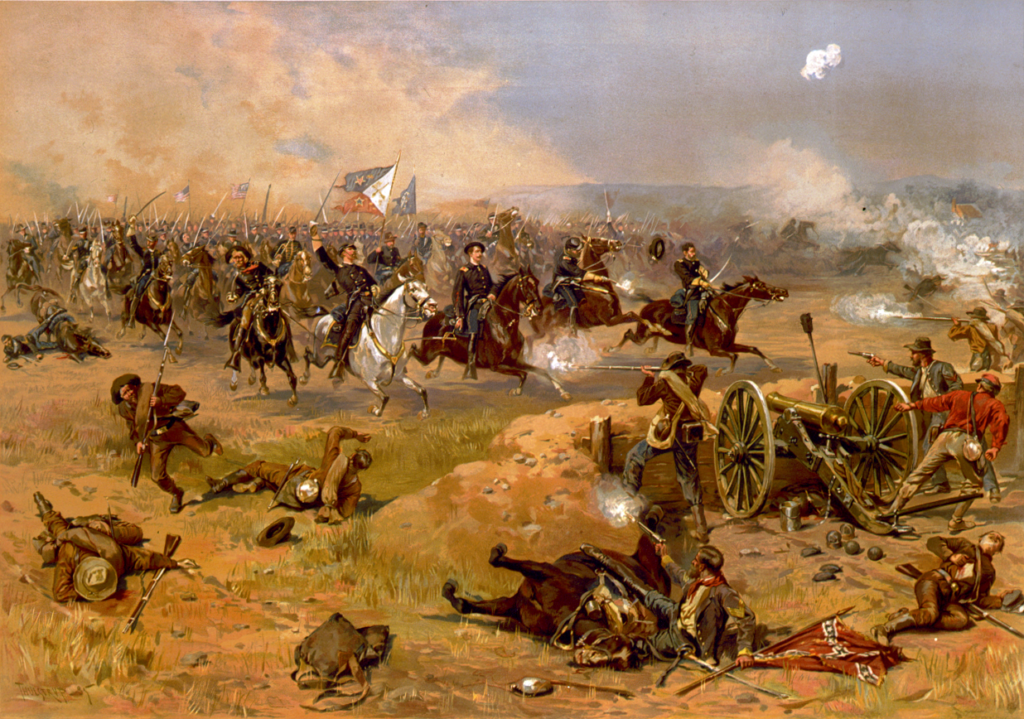
Just as compelling, however, is the ill-fated story of Jubal Early, the Lieutenant General tabbed by Robert E. Lee to command the Confederate troops in the Shenandoah Valley. In many ways, his job—avoiding an embarrassing defeat—was more difficult than Sheridan’s. “These two men are the heart of this campaign,” says Patchan.
Not surprisingly then, Sheridan and Early are front and center from the very start of “Sheridan Recovers the Valley,” which opens with the third battle of Winchester at Spout Spring. This leg of the tour also introduces the likes of George Crook and George Patton. “It’s interesting to note that Patton was known to be kind and gentle, a leader who got the most out of his men without bombast,” says Patchan. “Nothing like his more famous grandson.”
The second day of the tour follows Early’s retreat to Front Royal, including a trip to Little North Mountain. According to Patchan, one of the highlights is an in-depth look at Fishers Hill. “We’ll get to visit some newly opened areas,” he says, “and in turn learn some new perspectives.”
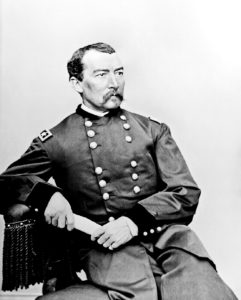
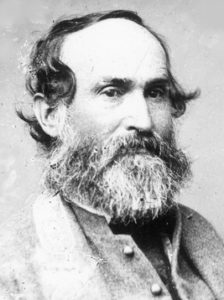
The second half of the tour tracks Sheridan’s dogged pursuit of Early to Harrisonburg, and then his decision to begin the “burning” of the Shenandoah Valley. This stop also includes the cavalry showdown near Tom’s Brook between a pair of former West Point classmates, George Custer for the Union and Confederate General Tom Rosser. The final day of the tour culminates with the famed Battle of Cedar Creek.
“By this time, it’s becoming more desperate for General Early, who has switched from playing defense to offense,” says Ecelbarger. “He’s attempting ultimate elements of surprise in a region much better known by his subordinates than Sheridan’s.”
More than 150 years later, the experts traversing the Shenandoah Valley are Ecelbarger and Patchan. But in contrast to Sheridan and Early, the two are long-time friends who fit hand in glove. They met in 1992 at a Civil War Round Table in Manassas, Virginia, and quickly realized their shared passion. Before long they hosted their first tour as a team.
“The combined friendship and experience really makes a difference as far as I’m concerned,” says Ecelbarger. “We enjoy brainstorming and preparing new programs together and fine-tuning ones we had done previously.”
Indeed, exhaustive planning is a hallmark of any tour hosted by the pair. “We’ve been doing this for 25 years, “ says Patchan. “We’re a good mix. These tours don’t just happen. But we love all the planning that goes into them.”
